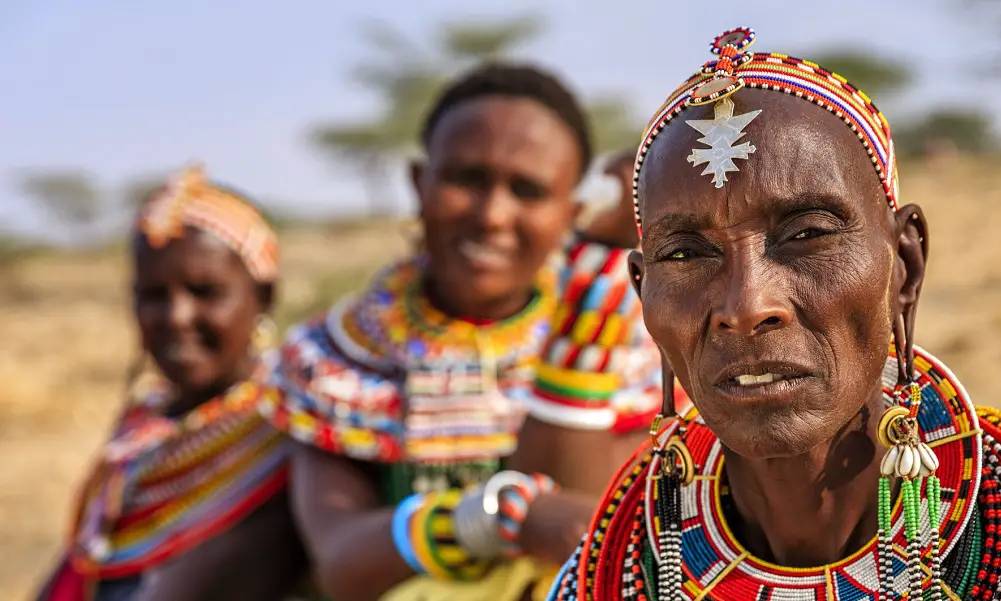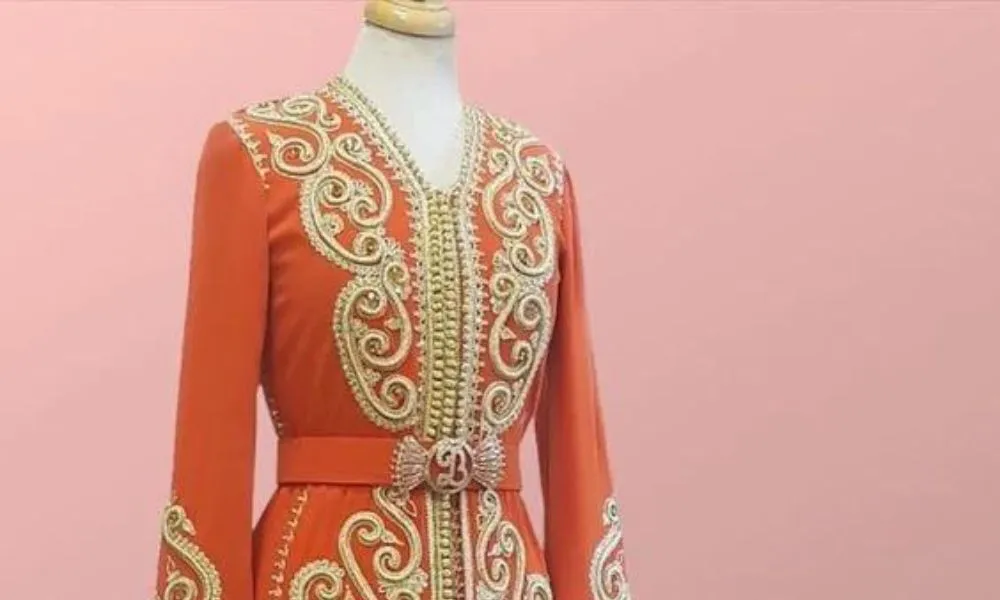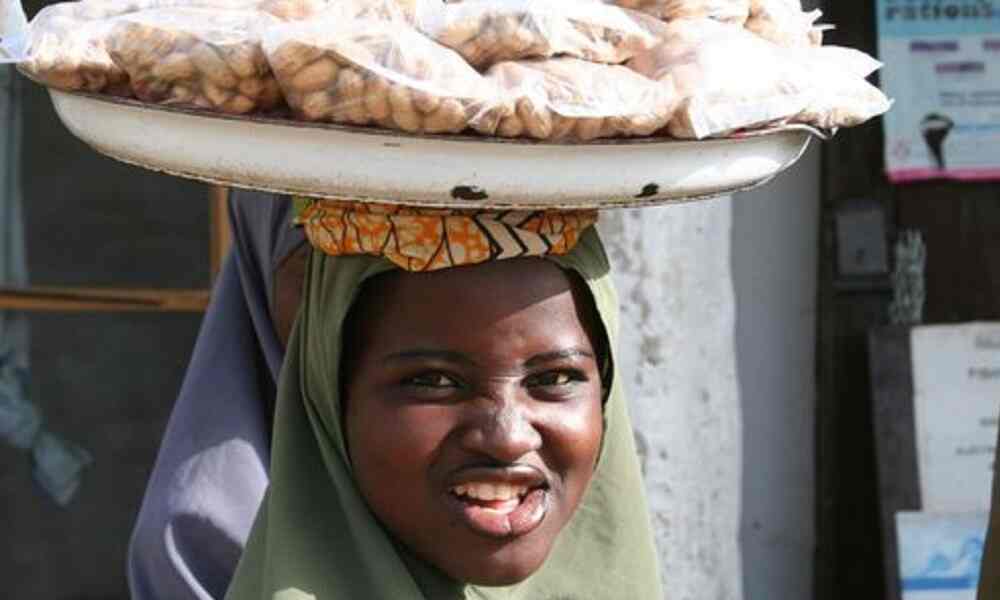The Samburu people are known for the colourful beads adornment they wear around their neck and other parts of their body like waist, leg and hands. This means beauty and wealth for women and men.
The Sambarus, are nomadic and pastoralist community settlers in northern parts of Kenya who have preserved their culture, tradition and way of life from pre-colonial times to the current days. Sambaru is a small community in Kenya that’s organized according to gender and age.
In this community, women as young as age 13 indulge in a full sexual relationship leading to unwanted pregnancy by warriors or any male from other clans like the Rendille.
The Silent Culture of The Samburu People
This silent culture is about to terrify you as we go deep to understand what Beading in Samburu means. It’s a preventive measure put in place by elders to prevent the young warriors from bedding married women (elder’s wives) the warriors are seen to be seductive to married women and this often leads to conflict between the warriors and the elders.
This practice gave the warriors a pass on young girls as a way for them to stop sharing wives with the elders. Beading was a form of conflict resolution. Samburu and Rendile communities are the two main closest communities who practice Beading as they share customs and another way of life.
Beading practice, as well as female genital mutilation, is a cultural harmful practice. According to the Samburu people, Beading is their traditional way of life that allowed warriors (Morans) to have a temporary marital relationship with a very young girl who shares the same clan as the warrior.
The warriors (MORANS), after getting a directive from the girl’s guardians, after which they make their proposal known to the uncircumcised young girl by providing the uncircumcised girl with a bead. By giving her a colourful bead-like Red signifies his interest in wanting to have a sexual or intimate relationship with her, that which is seen as a way to prepare this child for marriage in the nearest future to come.
The Girls undergo female genital mutilation (FGM) in their teenage years to prepare them for marriage. An uncircumcised woman is still considered a child and is not eligible for marriage but eligible to have a sexual relationship with the MORANS. The relationship does not lead to marriage and pregnancy is forbidden.
In case of pregnancy, the girl will have to abort the pregnancy or the baby be killed after birth using herbs poisoning, since the child is seen as bad luck and considered an outcast. The lucky babies who survive are given out to other communities like the Turkana tribe.
Abortion is performed traditionally by elderly women leading to all kinds of health complications and even death. Beading increases, the risk of spread of all kinds of Sexually Transmitted diseases and in an extreme case HIV/AIDS. The Morans are at liberty to have more than one sexual partner, while the women are unassisted to deal with the outcome or consequences of their sexual relationship with the Morans. The tradition decrees that men speak on women’s behalf and whatever the men have spoken remains final. The women have little or no say in their tradition.










0 Comments